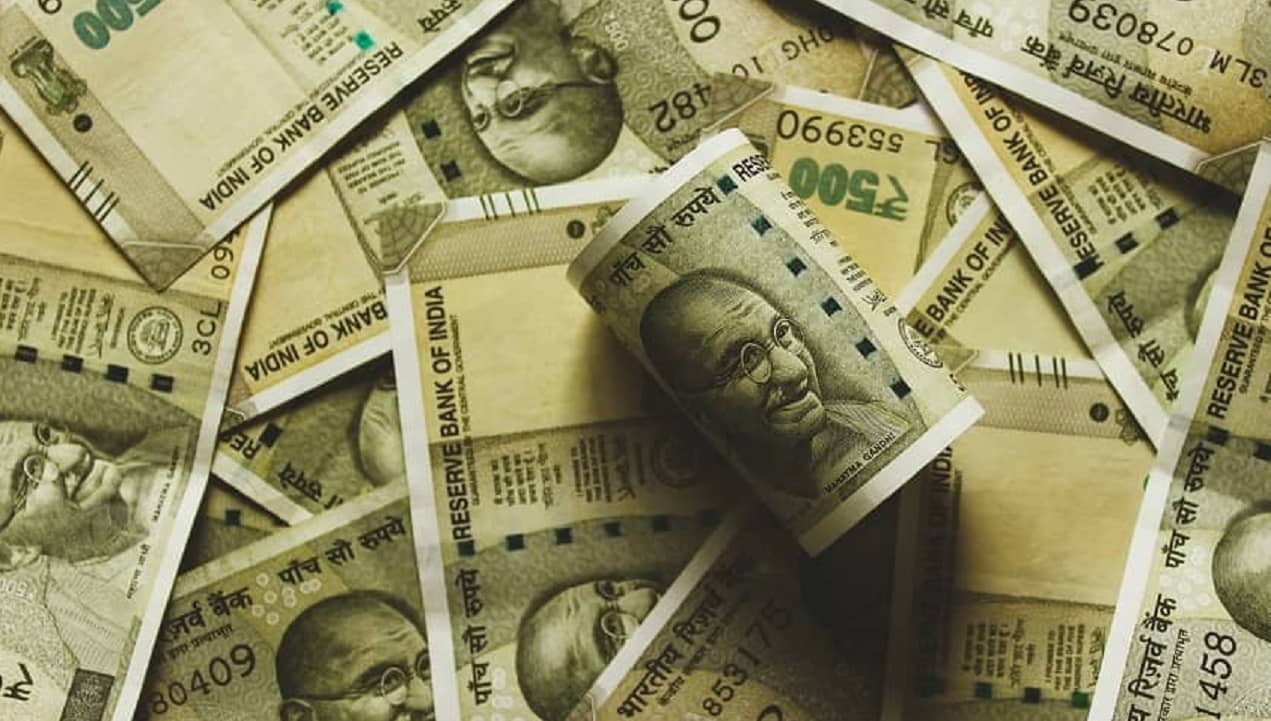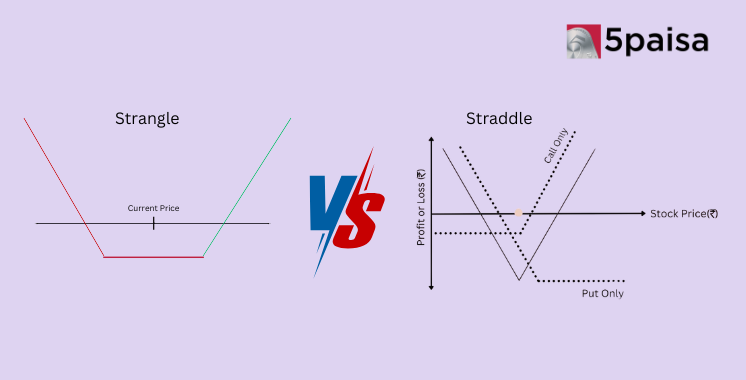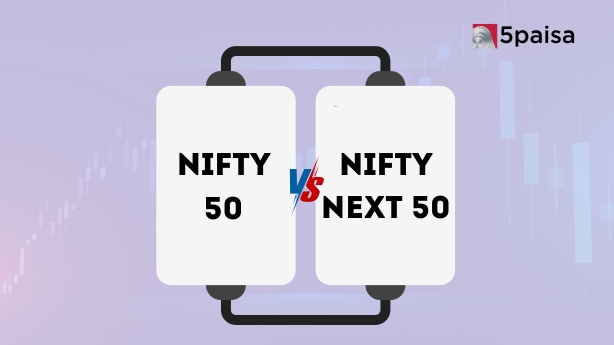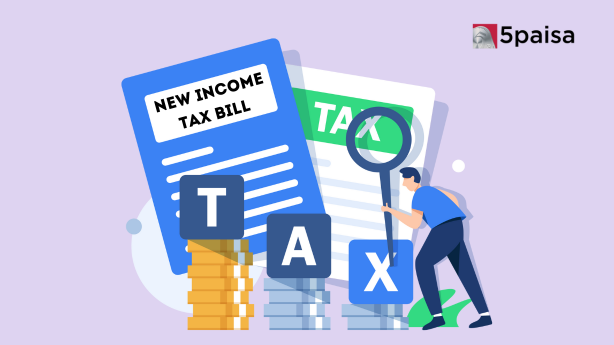Is India staring at another bad loan problem?

The micro, small and medium enterprises sector could again be staring at a rising pile of bad loans, if the latest figures compiled by SIDBI and credit bureau TransUnion CIBIL are anything to go by.
What does the report actually say?
The non-performing assets (NPAs) in the MSME sector have jumped 12.59% in the fourth quarter of the financial year 2021-22 to Rs 2.95 lakh crore from Rs 2.62 lakh crore during Q4 FY21, indicating the Covid-19 impact.
According to the Financial Express newspaper, citing the report, the overall MSME NPA rate as on March 2022 stood at 12.8% in comparison to 12.5% for March 2021 and 12.6% for March 2020.
So, how does the NPA graph actually look like?
The news report says that the NPAs started to climb from Rs 2.42 lakh crore during Q3 FY21 and peaked at Rs 3.10 lakh crore during Q2 FY22 before dropping slightly to Rs 3.01 lakh crore in the following quarter and further in Q4.
So, which MSME sectors saw a drop in NPAs?
The drop in NPAs was visible across all segments of the MSME sector, according to the MSME Pulse August 2022 report.
What more do the numbers reveal?
The numbers show that till Q3 FY21, the micro segment had a lower NPA rate than the small segment. However, the trend was flipped, indicating that Covid-19 impacted the micro segment the most.
As of Q4 FY22, the NPA rate in the small segment dropped to 10% (from 11% in Q2 FY22) while micro and medium segments had 12% (down from 13% in Q1 FY22) and 16% (down from 17% in Q2 FY22) NPA rates respectively.
How were the NPAs distributed with respect to lender type?
With respect to lender type, NPA rates across private banks, non-banking financial companies (NBFCs) and public sector banks (PSBs) recorded an increase post around Q3 FY21 for the following two-three quarters before stabilising or starting to decline. For instance, private banks’ NPA rate (lowest among NBFCs and PSBs) increased from 5.9% in Q3 FY21 to 6.8% in Q2 FY22 before sliding to 5.6% in Q4 FY22.
The NPA rate for PSBs, which has been highest in comparison to private banks and NBFCs, increased from 16.1% in Q3 FY21 to 21.1% in Q2 FY22 but remained stable at 20.8% as of Q4 FY22. For NBFCs, the NPA rate peaked from 8% in Q2 FY21 to 10.9% in Q1 FY22 before dropping to 9.6% in Q4 FY22.
What does an analysis of loans restructured due to Covid says?
According to an analysis of the restructured loans due to Covid — based on the Reserve Bank of India mandate in March 2021 for banks and other lenders to report accounts restructured due to the pandemic to credit bureaus — 2.7 lakh accounts were tagged as restructured in MSME sector (aggregate outstanding of less than Rs 50 crore) as of March 2022, the report said.
This constituted around 2.3% of the total live accounts reported in the same time period. From a balance perspective, it constituted Rs 0.35 lakh crore which was around 1.5% of MSME outstanding as of March 2022.
In its Financial Stability Report (FSR) in June this year, the RBI noted that while the gross NPA ratio of banks in the MSME sector moderated from 11.3% in September 2021 to 9.3% in March 2022, the bad assets in the sector remain relatively high. The central bank had noted the Rs 46,186-crore restructured MSME portfolio, which constituted 2.5% of total advances under the May 2021 restructuring scheme, has the potential to create stress in the sector.
Why is the rising pile of bad loans in the MSME sector significant?
It is significant since the MSME sector employs the bulk of the non-agricultural labour force in the country and makes up for a vast majority of the manufacturing units. So, the MSME sector is crucial to employment in India and a rising bad loans pile could hurt the prospects of a bulk of India’s non-agricultural workforce, and also domestic production.
- Flat ₹20 Brokerage
- Next-gen Trading
- Advance Charting
- Actionable Ideas
Trending on 5paisa
Indian Stock Market Related Articles
Disclaimer: Investment in securities market are subject to market risks, read all the related documents carefully before investing. For detailed disclaimer please Click here.
 Tanushree Jaiswal
Tanushree Jaiswal
 5paisa Research Team
5paisa Research Team
 5paisa Research Team
5paisa Research Team




